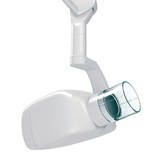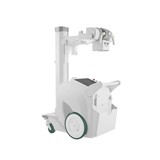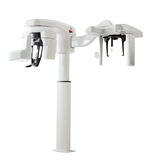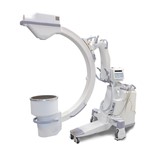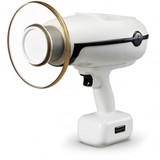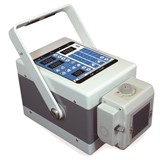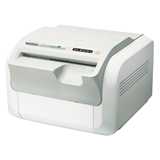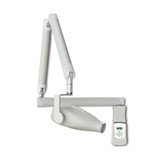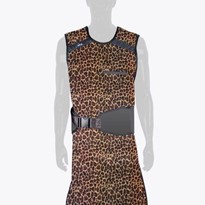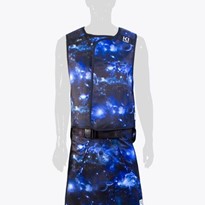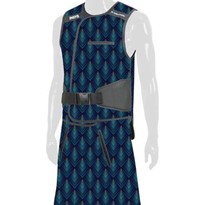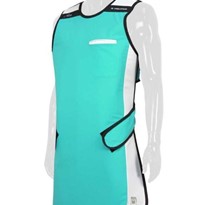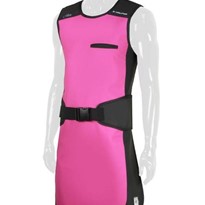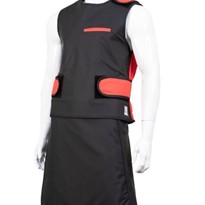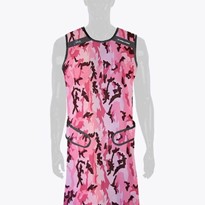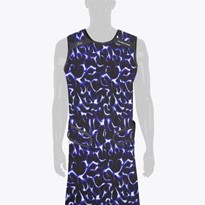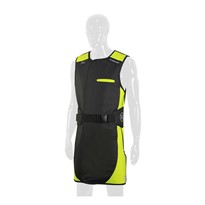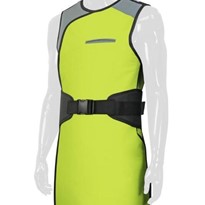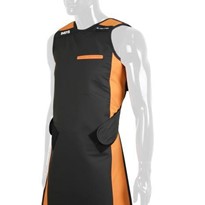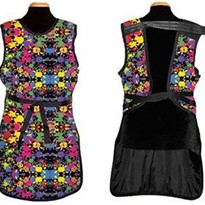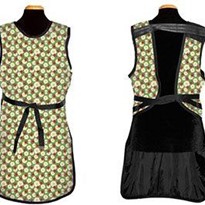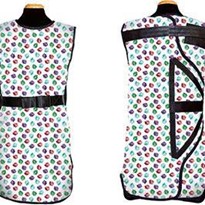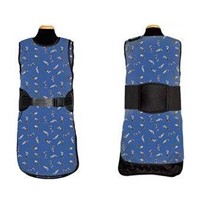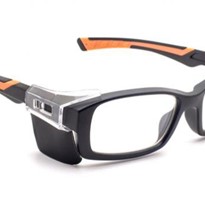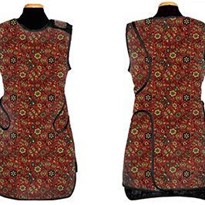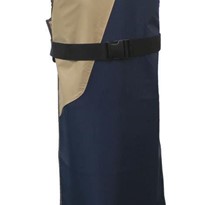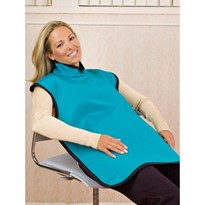Proper Protection
Workers in the Medical industry who are exposed to ionizing radiation from X-ray and fluoroscopy need to be certain they are being properly protected.
There are three basic styles of protective aprons in Australia today, Front Protection, Full Wraparound and Vest and Skirt.
Let's check out the differences between the three to help make your selection process a little easier to navigate.
Front Protection Aprons
- A protective garment generally comprised of a front panel from 30” to 40” long and 24” wide covering the torso from the neck to below the knee.
- Different types of closure straps generally criss cross the back and fasten to the front of the apron.
- Used in a variety of different environments, mostly where radiation exposure to the back is not a major concern or in situations that the wearer will not be turning their back towards the radiation source.
Wraparound Aprons
- A protective garment generally comprised of two overlapping front panels and a single back panel sewn together at the sides and ranging from 30” to 40” long and 50” wide covering the entire torso, front and back from the neck to below the knee.
- Different closure systems are available and some varieties have orthopedic elastic support belts to center the bulk of the weight on the hips.
- Worn in environments with higher dose radiation such as Cardiac Catheterization and EP Labs.
Vest and Skirt Aprons
- A two piece garment consisting of a vest to protect the upper torso front and back and an overlapping skirt designed to protect the lower torso front and back.
- Like their counterpart Full Wraparound Garment, the Vest and Skirt Garments generally rely on overlapping panels of protective material to achieve the desired protection level.
- The unique two piece design of the Vest and Skirt apron splits the total weight of the garment between the shoulders and the waist. It is also thought to be a cooler option than the Full Wraparound apron because it allows more air to circulate.
- Worn in environments with higher dose radiation such as Cardiac Catheterization and EP Labs.
Comfort
- Neckline height, shoulder panel width, shoulder padding, arm hole size, amount of overlap (in those aprons utilizing overlapping panels to achieve the desired beam attenuation) proper length, flexibility and even the actual covering materials are all exceedingly important factors in the comfort of your protective garment.
- Some manufacturers produce garments in Male and Female tailored cuts with narrower shoulder panels and smaller armholes for females. This can be an important factor in the decision making process.
- Whenever possible you should ask your suppliers sales representative to try on an apron in your size and gender to see how it feels.
Proper Fit
Proper fit is exceedingly important. Aprons that are too small or too large will allow unwanted exposure to radiation.
- Make sure your torso is covered to just below the knee and that the armholes are a snug fit, but not restrictive to movement of the arms.
- Make sure the neck line is high enough that when worn in conjunction with your thyroid collar there is no space between the thyroid collar and the apron neckline.
- In the case of Full Wraparound or Vest and Skirt styles where the attenuation factor relies on the overlap of the front panels, make sure the front panels fully overlap from side seam to side seam.
Protection
Some companies have developed aprons with only a small overlap down the center of the garment for fastening purposes. These types of garments have a full amount of protective material in each panel and are not reliant on overlap.
Use great caution in determining the attenuation percentages and/or lead equivalency in each panel.
Some manufacturers offer “lighter weight” aprons that do not contain the correct amount of protective material in each panel. Anything less than .25mm lead equivalency in each panel is illegal worldwide.
Your radiation protection garment is an important and vital piece of your safety. Careful consideration must be given to the selection of the proper garment for you and the job you perform.
We recommend consulting with your Radiation Safety Officer or other qualified person to determine the type of apron and level of protection necessary to keep you protected in your work environment


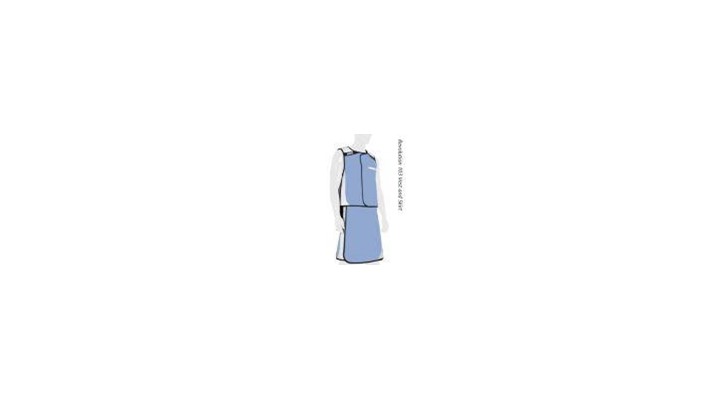
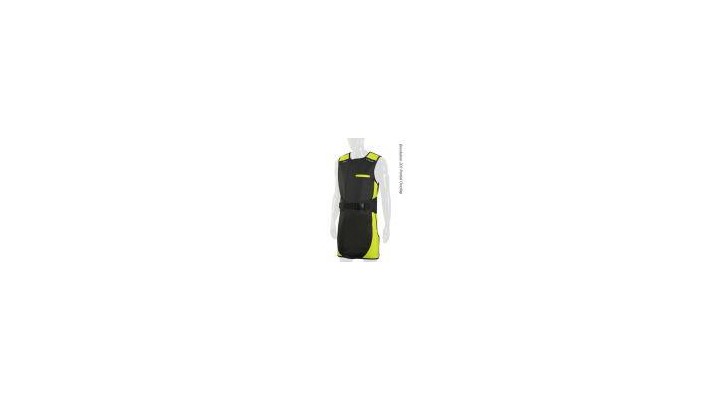
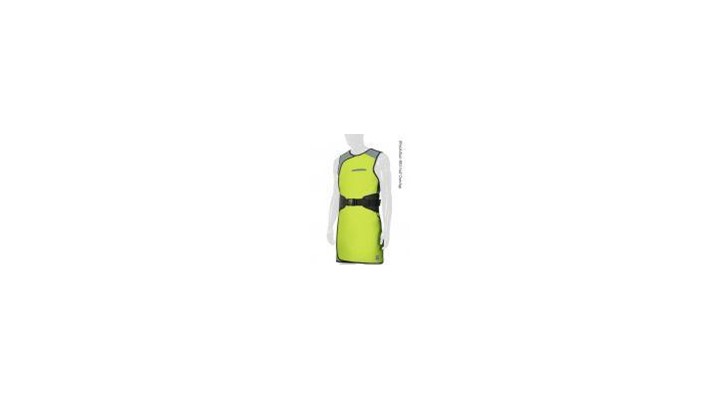
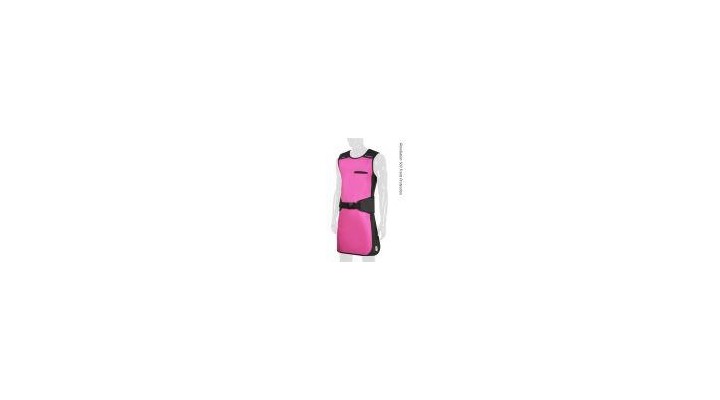
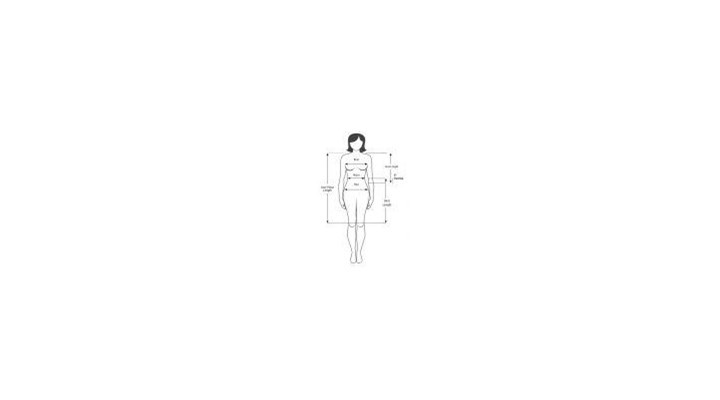
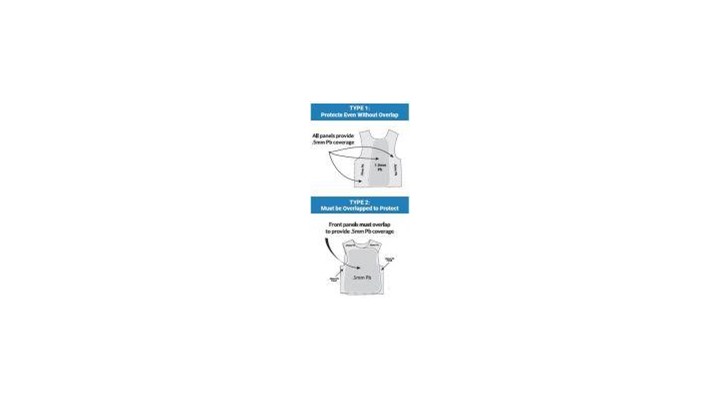











-160x160-state_article-rel-cat.png)




